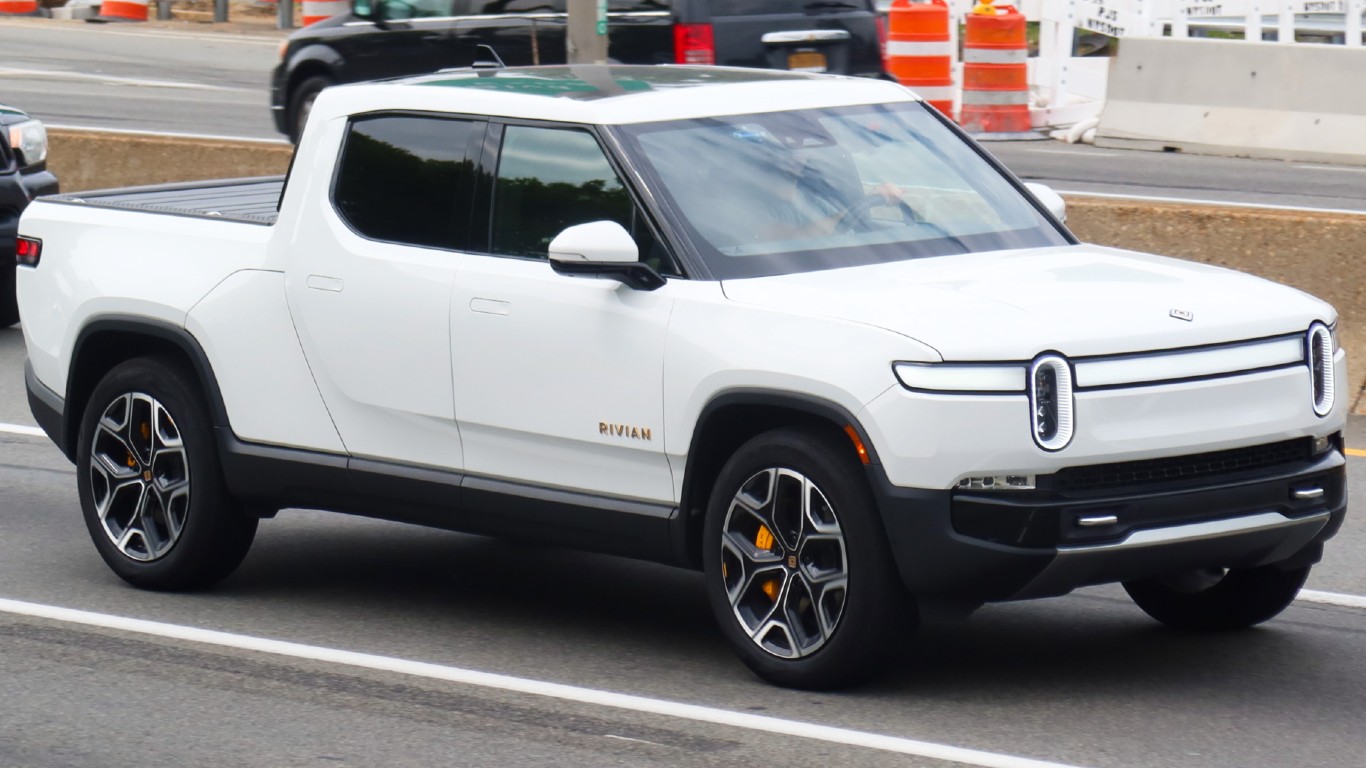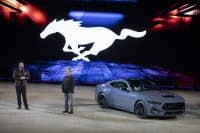
Rivian’s stock is down over 65% in the last year, while shares of its much larger rival Tesla have partially recovered from a sell-off and are now down 31%. Shares of fossil fuel car proxy Ford are off 27%. What has happened to Rivian?
In the eyes of investors, Rivian has lost the EV race, and it will not even be a niche player. Ford lost faith and sold off almost its entire stack in the EV company. Rivian recently cut 6% of its workforce. And, a price war in the EV market has begun, among the last things Rivian can weather.
Rivian reports earnings on February 28. In the meantime, its last reported quarter will need to be a proxy. The stock should be in better shape. At the end of that quarter, it had $13 billion on the balance sheet. Its market cap is $16 billion, which tells a story in and of itself.
Investors must believe that $13 billion is not enough. Through the first nine months of the year, Rivian lost $5 billion on revenue of $995 million. On that basis, $13 billion does not seem like much.
Rivian’s management said the company had backorders of 114,000 million vehicles. Those buyers are not obligated to take delivery. If Rivian does not ramp up production, they may turn elsewhere. Rivian only delivered 6,584 vehicles in the quarter. It needs to get the figure to ten times that.
Rivian’s major rival may not come from an EV company at all. The Ford -150 Lightning has hit the market. The universe of gas-powered F-150s on the road is over six million, which means the installed base for F-150 Lightning sales is enormous.
Rivian has lost whatever edge it had two years ago when its vehicles created great excitement. People lose that excitement when they cannot find a Rivian to buy.
(These are America’s 17 Favorite Pickup Trucks.)
100 Million Americans Are Missing This Crucial Retirement Tool
The thought of burdening your family with a financial disaster is most Americans’ nightmare. However, recent studies show that over 100 million Americans still don’t have proper life insurance in the event they pass away.
Life insurance can bring peace of mind – ensuring your loved ones are safeguarded against unforeseen expenses and debts. With premiums often lower than expected and a variety of plans tailored to different life stages and health conditions, securing a policy is more accessible than ever.
A quick, no-obligation quote can provide valuable insight into what’s available and what might best suit your family’s needs. Life insurance is a simple step you can take today to help secure peace of mind for your loved ones tomorrow.
Click here to learn how to get a quote in just a few minutes.
Thank you for reading! Have some feedback for us?
Contact the 24/7 Wall St. editorial team.




